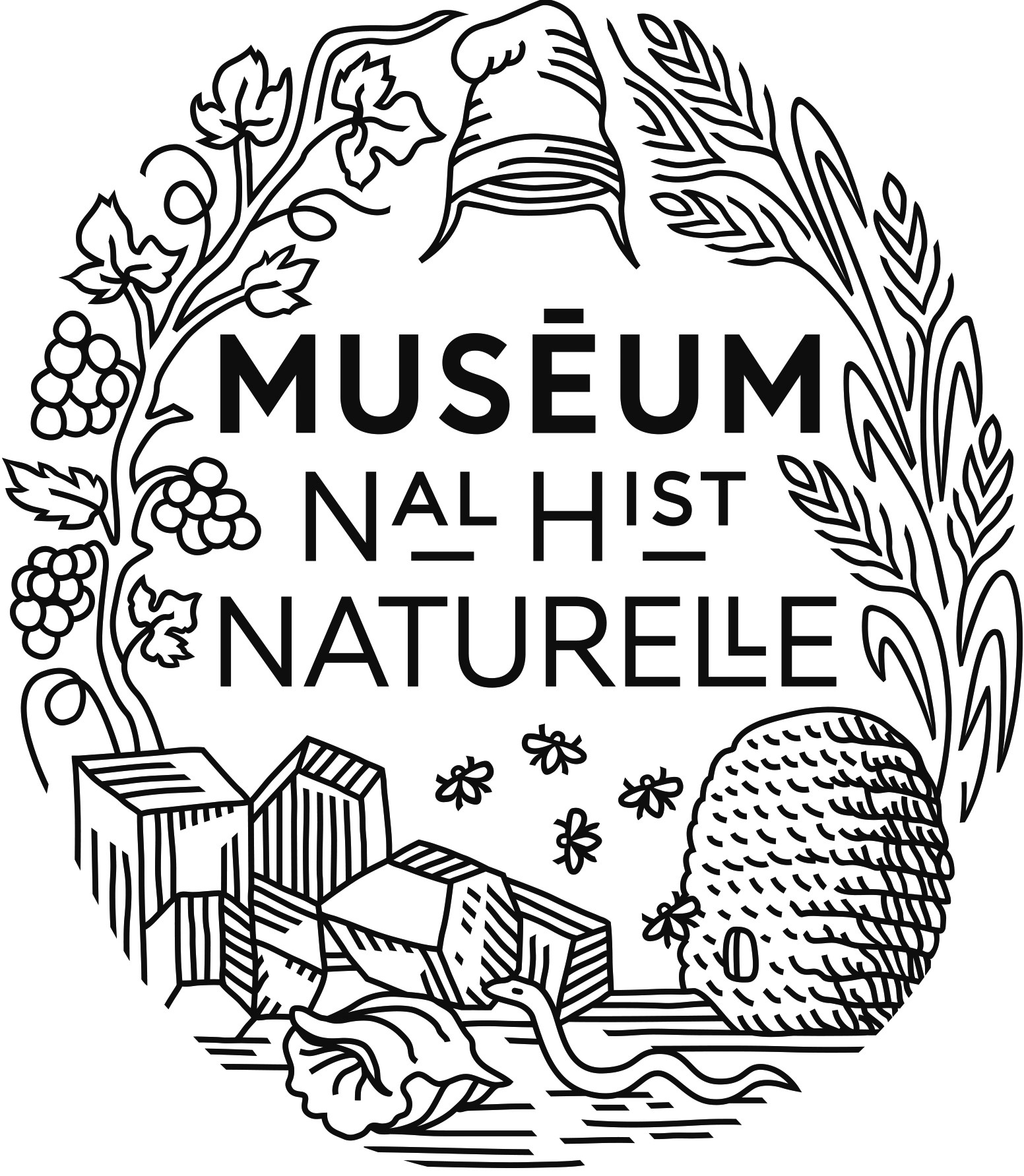Unveiling the function of long-spouted ceramics at Sialk, Iran: Insights from organic residue analysis
Résumé
The site of Sialk, with its long settlement history and large necropolises offers one of the most important relative chronology of Iran. During the Iron Age, particular pottery vessels with a long spout and elaborate decorations appeared at the site. While these ceramics had been the driven factor behind excavations in the area of Sialk, their function remains the object of numerous hypotheses. Here their function was investigated through organic residues analysis. Results show ruminant dairy fats and ruminant carcass fats were processed in the ceramics. Considering the pottery's shape these products would have been in a liquid state to be poured through the spout, thus milk-based and, blood-based or tallow-based mixtures. These results provide insight into the function of spouted vessel for pouring liquids of various origin during Iron Age funerary rituals.
Fichier principal
 Casanova et al 2024 - ARA -Sialk Spout vessels.pdf (2.64 Mo)
Télécharger le fichier
Casanova et al 2024 - ARA -Sialk Spout vessels.pdf (2.64 Mo)
Télécharger le fichier
| Origine | Publication financée par une institution |
|---|



